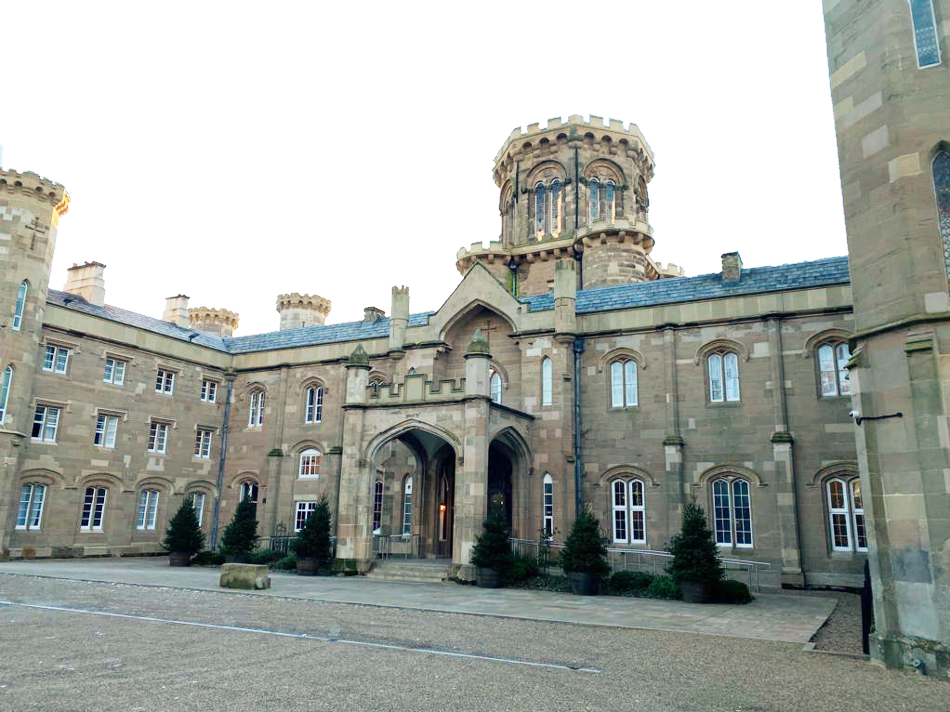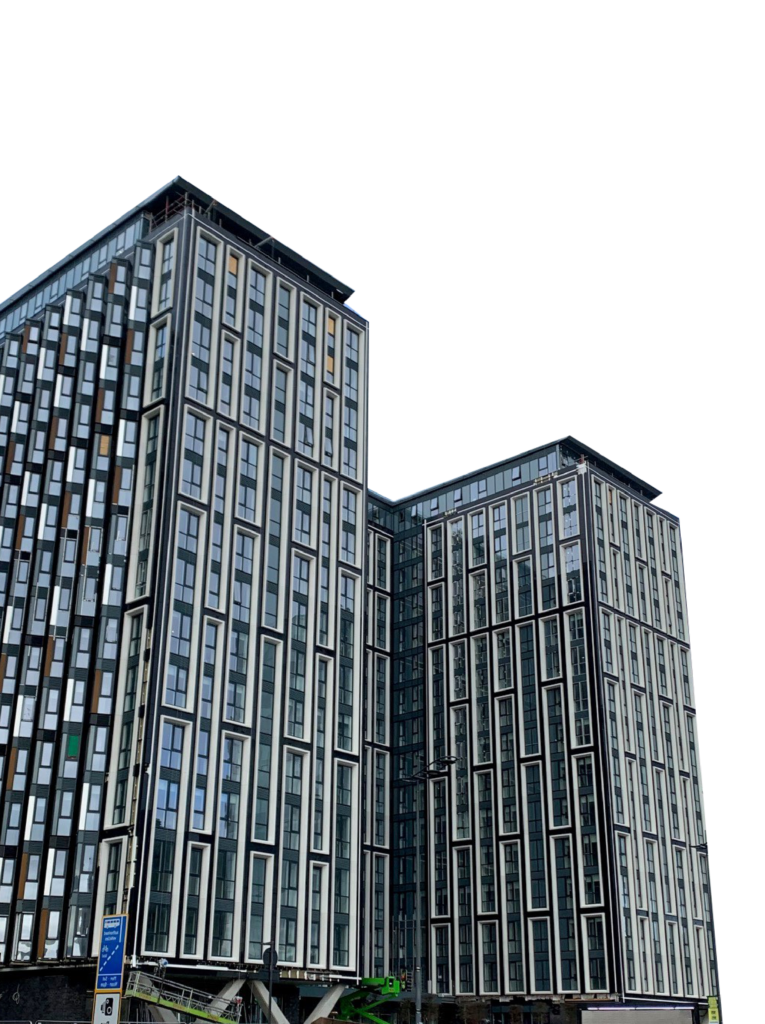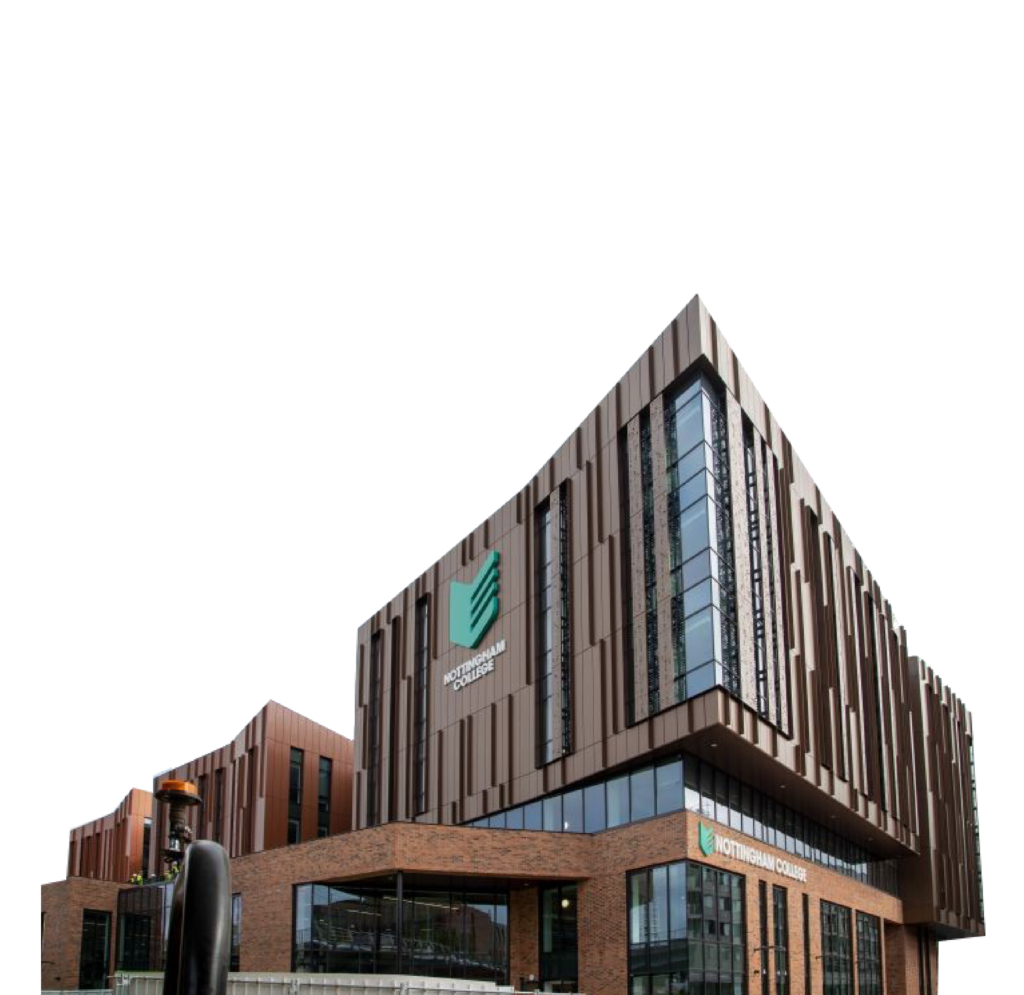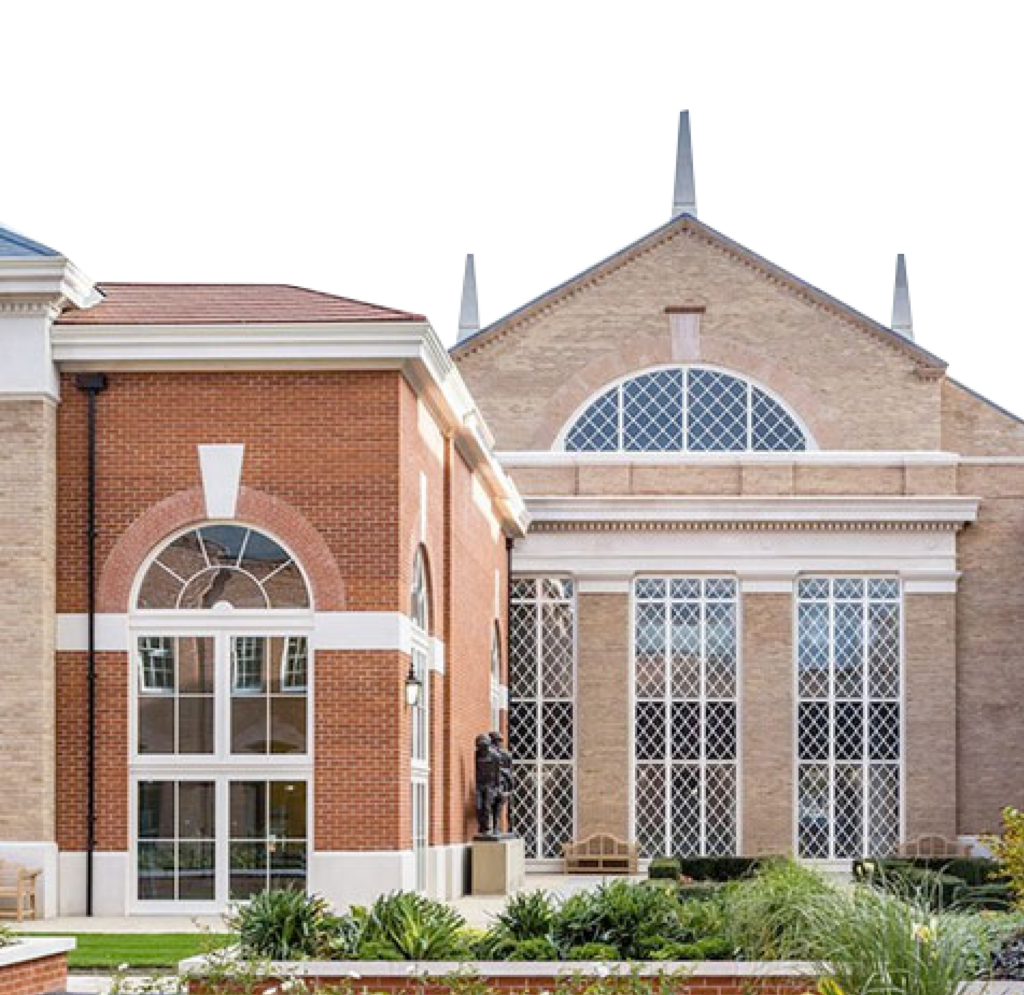Want to know more?
CONTACT US
- 01530 416 870
- hello@pyrotect.co.uk
- Pyrotect Ltd, Unit F1, Tom Bill Way, Ashby de la Zouch, LE65 2UY
Our accredited team has experience in a wide range of passive fire protection solutions and details, using the products of the UK’s most trusted manufacturers. In addition to firestopping and intumescent paint, we also offer advice and installations on air and acoustic seals in cavities that have been compromised by service penetration, offering a complete package to ensure your project is compliant with the most up to date standards in fire protection, smoke reduction, air and gas sealing and acoustic control.
Passive fire protection measures achieve their intended purpose by raising the fire resistance of the structure to a specific level, minimising the speed with which flame, smoke and heat can travel through a building through effective compartmentalisation, and decrease the risk of fire-induced collapse or structural distortion.
As a specialist passive fire protection contractor, Pyrotect installs a range of measures that protects the lives of those using the building, as well as the assets held within it.
See more >
Experience in all sectors and fire strategy requirements.
See more >
Regular CPD for our teams, keeping them at the forefront of industry developments.
See more >
Preventing the spread of deadly heat, smoke and flames and protecting structural viability through effective, tested solutions.
Giving more time for evacuation and firefighting.
Although structural steel isn’t combustible, fire can cause significant damage by lowering the structural integrity of these load-bearing members. Intumescent paint provides steel protection for 30, 60 or 90 minutes, giving more time for evacuation and firefighting before devastating damage occurs.
The heat of a fire can quickly raise the temperature of unprotected steel, causing the steel to lose its structural load bearing capacity, and can lead to distortion, buckling and collapse.
The carbon-based char that is produced when intumescent paint reacts with heat forms a protective layer around the steel, delaying the time it takes to get to critical temperatures for structural damage.

Available in water-based or solvent-based, our intumescent paint applications are suitable for both internal and external steelwork. Our paints can be applied by spray, creating a quick, cost-effective method of achieving up to two hours of fire protection on structural steelwork or by hand in more difficult areas to access and can be used in a decorative or ‘on-show’ finish.
Intumescent coatings are sensitive to humidity and temperature and changes to conditions during application can have a significant impact on their efficacy when dry. Our sprayers continuously monitor, evaluate and record site conditions, including humidity, dew point, air and steel temperature to ensure the finished application provides the expected fire protection.
Our team undertake continuous checks on the application of the paint to ensure the correct micron load is applied to achieve the required fire rating. Through recorded wet film and dry film tests we can be confident the application is correct and pass these records and assurance on to our client.
Firestopping is intended to do just that: stop the indiscriminate spread of fire by slowing the movement of the flame, heat and smoke by closing breaks in fire compartment lines. With a myriad of regulations and a multitude of methods and materials to use depending on the fire rating and conditions, firestopping can be a complex field to navigate. Our experienced teams, can simplify the process and install tested, compliant systems in a wide range of ‘typical’ and bespoke scenarios.
Slowing down the movement of flame, heat and smoke in buildings.
Firestopping measures create a fire-resisting barrier either as a high-temperature tolerant obstruction such as ablative batt or fire compound, or heat-expanding mechanisms that swell under heat exposure to fill the voids left by melting cables and pipes such as HP mastics, collars and wraps.
All of the firestopping materials and mechanisms we use are tested and approved by manufacturers and installed to manufacturers’ instruction

Compliant penetration sealing is dependent on a number of variables: the wall or floor substrate used; the material composition, heat conductivity and meltability of the penetrating service; the location and size of the holes formed; the risk of passing traffic and post-installation damage; the proximity to the ceiling and the need to consider deflection heads at the top of the wall.
Through the installation of a range of ablative batts, mastics, wraps, collars, sleeves and compounds fire ratings can be achieved to allow for both evacuation and stay-put fire strategies, depending on the building’s use.
Cavity barriers are lightweight, non-rigid fire barriers made of combinations of woven and non-woven glass substrates and aluminium foil. Cavity barriers can be used to fill the gaps in the building envelope, roof voids and the spaces beneath raised floors as well as vertical installation to continue compartment lines into roof spaces.
Pyrotect site teams record all seals to our live system, supported by photographs and unique references, all of our firestopping works are traceable and accessible to our clients, even remotely, at the time of installation. This enables both the site and commercial teams to manage project progress and cost, while our recorded destructive testing provides assurance that the works are compliant.
Limiting air leakage and noise transfer.
Limiting air leakage and reducing noise transfer is not only required under Building Regulations, but can also be environmentally and financially beneficial. Using materials from the UK’s leading suppliers, our experienced teams install sealing systems to achieve both regulatory compliance and efficiencies to sites nationwide
Air and acoustic sealing is covered by a number of Building Regulations, British Standards and Health Technical Memoranda and can be complex but the requirements can usually be achieved with a number of existing firestopping materials.
Air and acoustic sealing come with additional benefits too: by sealing to reduce air leakage and insulating to decrease sound transfer, heat loss is also reduced increasing the thermal efficiency of a building and in turn reducing energy costs and the carbon footprint.

Air leakage can cause a number of issues in a building, including air quality and comfort. If there’s a fire, areas of air leakage can pull the smoke, heat and flame through a building and aid the spread quickly. Our teams are knowledgeable in the use of mastics and tapes to achieve long-lasting and effective air seals to achieve both regulatory compliance and protection
Many buildings are required to achieve acoustic control measures but the acoustic properties of a partition are compromised wherever a service penetrates. Acoustic seals limit the transfer of sound and some products have a significantly better acoustic performance than others, depending on the environment the seal is in.
Our installation teams have experience in installing in line with the most up to date acoustic control standards and regulations, using the most effective material for each scenario. Where a scenario might be a little more bespoke, we work with our manufacturers and testing laboratories to make sure we install the best product to achieve the optimum acoustic performance.
Our site teams record all seals to our live system, supported by photographs and unique references. With our seal information readily available, we support our clients’ independent air and acoustic testing to ensure all works are fully compliant.
Damage to compartmentation systems is both easily done and often overlooked but if there’s a fire, these systems are as life-critical as extinguishers and sprinklers. A compartmentation survey assists the main contractor or nominated Responsible Person in identifying issues and vulnerabilities in their systems in order to restore their building to full compliance.
Identifying issues and vulnerabilities in systems.
Damage to fire compartmentation can put lives at risk. Compartments might be assumed to be intact, but the holes created by service installations, damage or refurbishment can allow the spread of heat, smoke and flame, meaning the devastating effects of fire can unexpectedly reach areas that were otherwise assumed to be protected.

The Pyrotect team includes three qualified fire inspectors, certificated to undertake on-site inspections in both new and existing buildings, supporting the main contractor or Responsible Person to meet their legal duties under the Fire Regulations.
Our inspectors are independently reassessed every three years to make sure their knowledge and skills are up to date and they are required to comply with the Fire Protection Inspection Scheme’s Code of Conduct.
Pyrotect fire compartment surveys cover all elements of compartment protection, including firestopping, linear gap seals and cavity barriers. Where access is possible, this can include harder-to-reach areas such as roof voids and suspended ceilings to provide a comprehensive assessment of the firestopping protection in place.
The fire regulations can be complex and overwhelming. Our fire inspectors will always walk through the building alongside the main contractor or nominated Responsible Person. This enables the inspector to explain any issues they find in situ, as they find them, and the Responsible Person to ask any questions that may arise.
On completion, our inspectors provide a full report, including photographs of any issues found, and a recommended action plan of remedial works to return the building to full compliance, should these be needed.
Want to see what we are up to? Check out our latest news and updates on LinkedIn.
©2022 Pyrotect. All rights reserved. Created by MFM Digital.
This website uses cookies to ensure you get the best experience on our website.